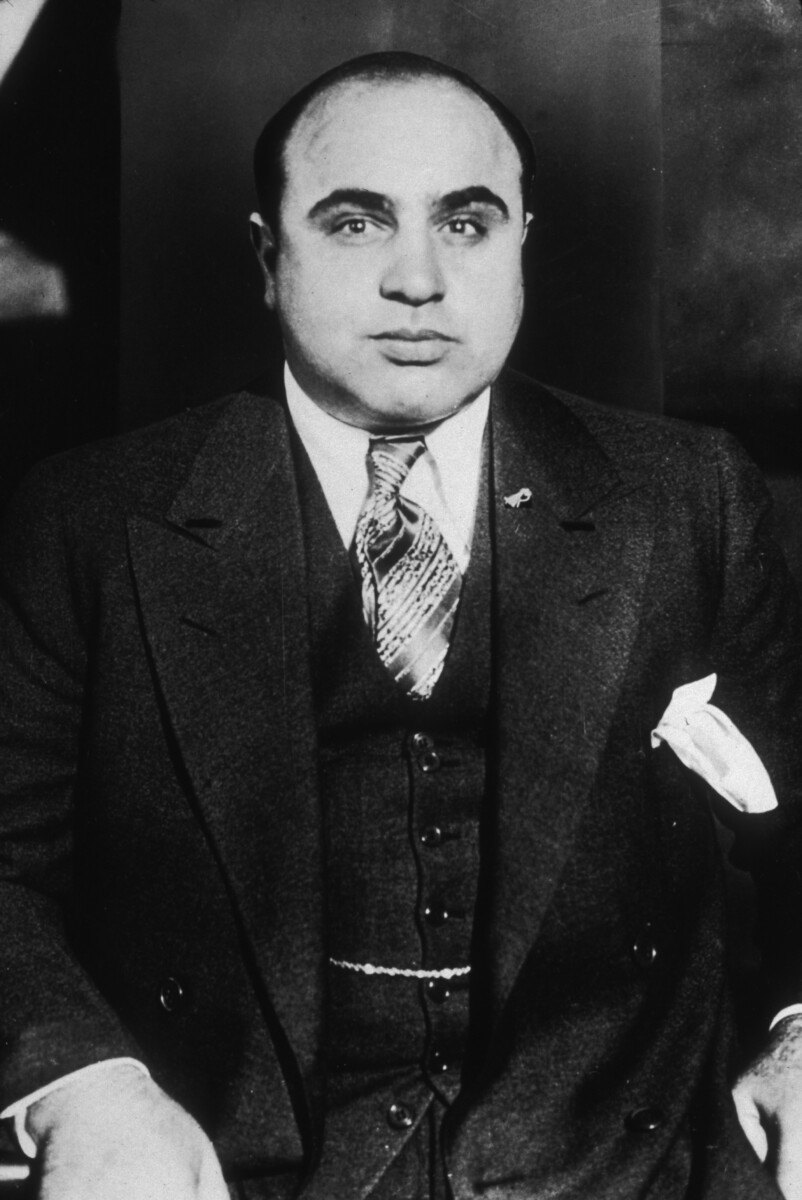The 1918 Spanish flu pandemic was a pivotal moment in human history, influencing the development of public health policies for decades to come. This viral outbreak, which infected a significant portion of the global population and resulted in millions of deaths, highlighted weaknesses within existing health systems and prompted changes that have since become cornerstones of modern public health.
The Impact of the Spanish Flu

The Spanish flu emerged during World War I, a time when the world was already in turmoil. The virus spread rapidly due to soldiers and civilians moving across borders. What made this flu strain particularly alarming was its high mortality rate among young, healthy individuals, unlike most flu strains that predominantly affect the very young or elderly. This pandemic resulted in an estimated 50 million deaths worldwide, with around 500 million people infected. In the United States alone, the death toll ranged between 675,000 and 850,000. These staggering figures underscored the need for a more structured approach to managing public health crises.
Lessons Learned: Surveillance and Reporting

One of the critical lessons from the Spanish flu was the importance of effective disease surveillance and reporting. At the time, there was no standardized system for tracking the spread of infectious diseases, which hampered efforts to contain the virus. In response, more rigorous surveillance systems were developed, leading to the establishment of the Centers for Disease Control and Prevention (CDC) in 1946. The creation of the National Notifiable Diseases Surveillance System (NNDSS) further emphasized the need for real-time data collection and sharing among health agencies. These developments have been instrumental in detecting and responding to outbreaks more efficiently.
The Role of Public Health Communication

The communication strategies during the 1918 pandemic were rudimentary, leading to confusion and mistrust among the public. This experience highlighted the necessity for clear and effective public health communication. Nowadays, health authorities prioritize transparent messaging and utilize various platforms, such as social media and press releases, to disseminate information. Community engagement has also become a focal point to foster trust and ensure compliance with health guidelines. These strategies have proven essential in managing recent health crises, such as the COVID-19 pandemic.
Vaccination and Immunization Policies

Although a vaccine for the Spanish flu was not available during the pandemic, the event underscored the importance of vaccination in controlling infectious diseases. This realization accelerated vaccine research and development, eventually leading to the establishment of the World Health Organization’s Expanded Programme on Immunization (EPI) in 1974. Today, vaccines for various diseases, including influenza, measles, and polio, are integral to public health strategies. Ongoing research into universal flu vaccines aims to provide broader protection against future influenza strains.
The Evolution of Quarantine and Isolation Practices

Quarantine and isolation were among the primary measures used to control the spread of the Spanish flu. Despite their rudimentary application, these practices proved effective and paved the way for more structured public health policies. Modern guidelines now include detailed protocols for travel restrictions, isolation of infected individuals, and contact tracing. These measures have been refined over the years to ensure they are scientifically based and effective in preventing the spread of infectious diseases.
Global Health Collaboration

The Spanish flu pandemic highlighted the importance of international cooperation in addressing global health threats. This realization led to the formation of various international health organizations, such as the World Health Organization (WHO) in 1948. Global initiatives like the Global Fund to Fight AIDS, Tuberculosis, and Malaria have further emphasized the need for collaborative efforts. International Health Regulations (IHR) have been established to enhance global preparedness and response to health emergencies, ensuring a coordinated approach to managing pandemics.
Addressing Health Disparities

The 1918 pandemic disproportionately affected marginalized communities, bringing attention to existing health disparities. This awareness has driven modern public health policies to focus on equity and access to healthcare. Current initiatives include targeted health programs for underserved populations and research on social determinants of health. Policymakers aim to reduce health inequities by addressing the root causes of disparities and ensuring that all individuals have access to essential health services.
The Importance of Research and Development

The Spanish flu pandemic emphasized the need for ongoing research and development in public health. The lessons learned have influenced funding priorities and the focus of health research. Key areas include infectious disease epidemiology, vaccine development and distribution, and the effectiveness of public health interventions. By investing in research, public health systems can better anticipate and respond to emerging health threats, ultimately safeguarding communities.
Conclusion: A Lasting Legacy

The 1918 Spanish flu pandemic has left a lasting legacy on modern public health policies. The lessons learned from this devastating event continue to inform strategies for managing public health crises today. As we face new challenges, including emerging infectious diseases and global health threats, the importance of robust public health systems, effective communication, and international collaboration cannot be overstated. The ongoing evolution of public health policies will be crucial in safeguarding communities and preventing future pandemics. By understanding the past, we can better prepare for the future, ensuring that the mistakes of the past are not repeated and that we are equipped to handle the health challenges that lie ahead.





